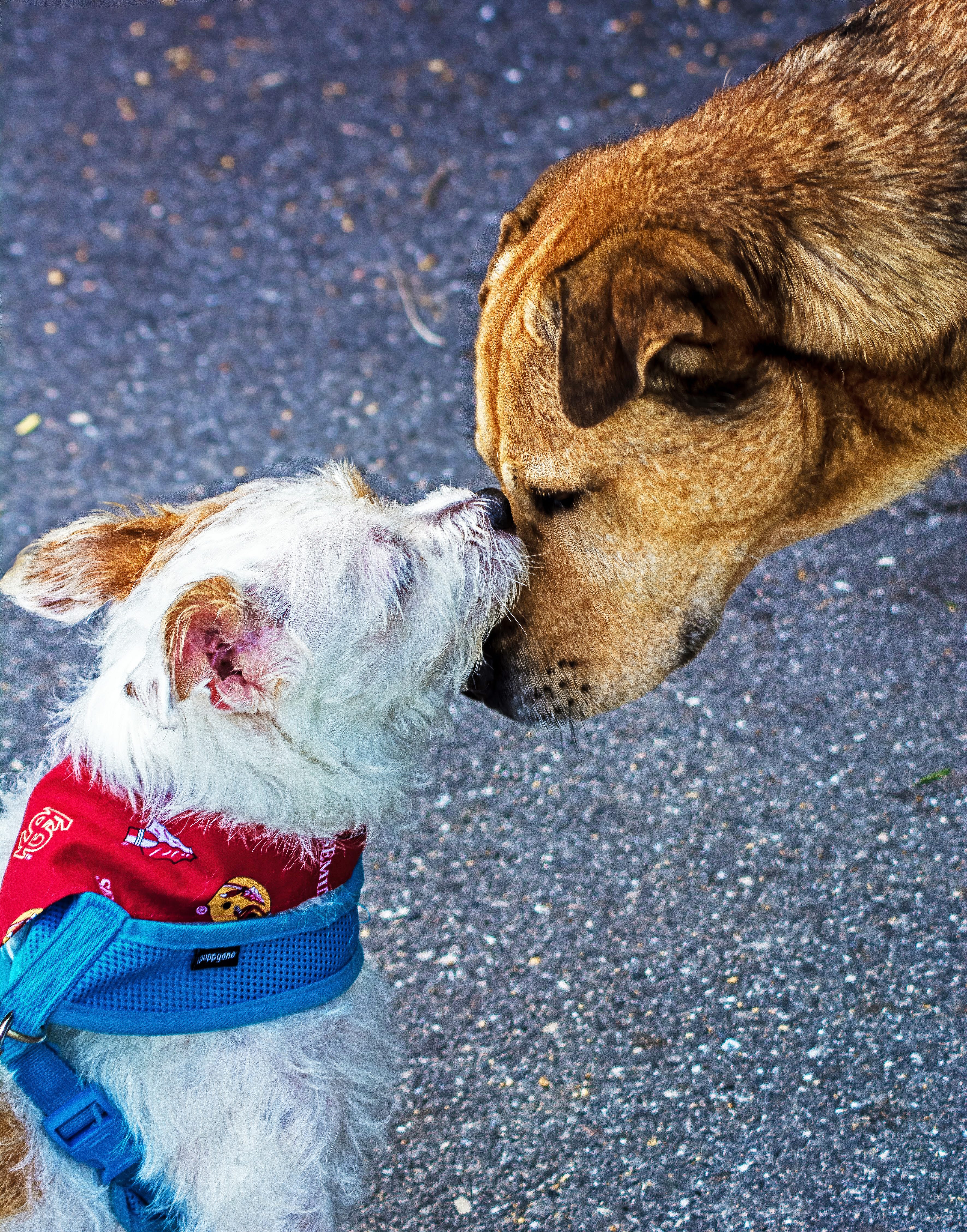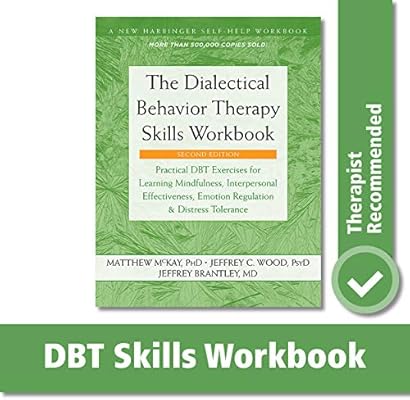- Anything To Stop The Paindialectical Behavioral Training Near Me
- Anything To Stop The Pain Dialectical Behavioral Training Cards
As Bark Busters dog trainers, we have heard about virtually every type of dog training method out there. Many of these methods can do more harm to your dog in the long term than good. So let's look at some of the things you should avoid when addressing your dog's unwanted behavior.
Emotional regulation followed a training program developed in dialectical behavior therapy designed to have people experience, express, and manage a variety of positive and negative emotions. In order to address the patient's complaint that she avoided her own feelings as well as the pain, interoceptive exposure was introduced. She continually studied the art and science of dog training and behavior during that time, and in 1996, left MHS to start her own training and behavior business, Peaceable Paws. Pat has earned a number of titles from various training organizations, including Certified Behavior Consultant Canine-Knowledge Assessed (CBCC-KA) and Certified. This article was co-authored by Jaimie Scott. Jaimie Scott has been training dog owners as the Owner of Jaimie Scott Dog Training in Sacramento, California for the past 15 years. Jaimie meets clients for 1-on-1 training, group classes (owners only, no dogs), as well as live video classes.
Never Use Pain.
Dogs, like humans, will make mistakes, and don't deserve to suffer pain or experience physical corrections as a consequence.
Your Bark Busters trainer will never recommend for you to use shock collars, prong collars, or any other device that would cause your dog pain or discomfort. In regards to physical corrections, even if you don't actually hit your dog, techniques like 'alpha rolling', or pin downs, etc. teaches your dog bad habits which they may try to replicate with other dogs and/or even children. Using a physical means to control/correct your dog may cause them to loose trust in hands and therefore become defensive. Remember that dogs are not born aggressive-- it is a learned behavior that can result from improper socialization, poor training methods, history and more.'Scruffing', holding your dog's mouth closed, pushing and even collar grabs, while not malicious, can also cause problems.
Never Yell Or Use Your Dog's Name as Punishment. The Bark Busters training method succeeds in part due to 'speaking dog'. This is communication using body language and tone to teach your dog new behaviors. Do not scream at your dog as this flies in the face of what you feel like doing. Yelling at your dog does not work because it will just get him more stressed or it will only increase his energy level and how excited he is about the situation. Instead, your Bark Busters dog trainer can teach you how to use a calm yet firm voice to refocus your dog and to teach the desired behavior.
If you have children, you are probably used to yelling at them - 'Jimmy, stop that right now!' In the case of a child, Jimmy knows you are angry with him, as he has been identified by his name; however, with a dog, using his name has the opposite effect, as it actually adrenalizes the dog. So when Rover's owner yells, 'Rover, be quiet!' -- guess what? Rover keeps on barking . . . longer and louder. Ironically, he is doing so in a misguided effort to try and please you! And, you don't want your dog's name to carry a negative association, so that he won't avoid responding when he hears it. Only use your dog's name for positive situations.
Never correct them after a bad incident has happened. Many of us have walked into our home only to find that the dog has torn apart your sofa cushions or had a toileting 'accident'. Your first thought is to yell and correct the 'bad dog'. Remember that dogs don't necessarily have long term memories. Their behavior is all about cause and effect. If you correct them after the fact, they will not associate your correction with the bad act. Refocusing your dog must be immediate, when your dog is thinking about making a mistake, or when he is in the act of unwanted behavior. If they do a good thing (like sitting on command) and you immediately praise them, they will associate the sitting with the positive kudos and are more inclined to do it the next time around.

Avoid direct eye contact/ stare. The final technique governs the use of direct eye contact, and if you study groups of dogs, you will see repeated instances of when eye contact is either withdrawn or avoided. Again, the rule here is the antithesis of human behavior.
Just imagine your 14-year old son 'borrowed' your car one day. When making your point to the teenager that this must never, ever, happen again, and explaining the consequences of his misbehavior, the natural tendency would be for you to be making full-on eye contact just to emphasize how deadly serious you were about the whole episode.
However, that direct eye contact is seen by your dog as a threatening gesture which can make your dog question your intentions. Fear can set in leading to an instinctual fight or flight response from your dog. While you may want to look assertive at times, appearing threatening to your dog will not help you achieve the balance of love, trust and bond that you want with your pet.
Finally, a word or two of advice about praising your dog which is highly encouraged when refocusing your dog results in a change to good behavior. Here, by all means, DO involve both their name and soft eye-contact, and if you have lowered your body posture to deliver this praise and draw the dog toward you for a pet, then he is absolutely sure he is being congratulated, rather than corrected. Praise delivered in this fashion is far more appreciated by Rover than any treat on the planet.
By Zainab Fazal, M.ADS, BCBA
bSci21 Contributing Writer
On June 22, 2015, I received a phone call from a staff at a local residential home serving adults with developmental disabilities. With a lot of excitement, she asked if I watched NBC Dateline the night before. Before I could answer, in even more excitement, she said, “that guy did that strategy you were talking about in class!”
Let me give you a little insight into what she was talking about. She was referring to the segment on NBC Dateline called “My kid would never do that: gun safety”, and the guy was Dr. Raymond Miltenberger.You can check out the segment here.
If you teach anyone, anything, behavior analysis has a secret to share with you. It’s the strategy the staff was talking about – Behavior Skills Training (BST). It is a method to teach students, staff, parents, and anyone else you are teaching a new skill. Dr. Miltenberger defines BST as “a procedure consisting of instruction, modeling, behavioral rehearsal, and feedback that is used to teach new behaviors or skills” (2004, p. 558). And that’s exactly what it is, a 4-step teaching strategy that works!
BST teaches a person what to do — that is, what behaviors to engage in under a particular circumstance.It allows for practice within the program so that the person can become fluent with the skills.It is an effective train-the-trainer procedure. And perhaps most importantly, can be individualized to each person. Sounds pretty good, doesn’t it?
Anything To Stop The Paindialectical Behavioral Training Near Me
Let’s break down each of the steps:
Instruction – Provide a description of the skill, its importance or rationale, and when and when not to use the skill. Repeat this step as necessary.
Modeling – Show your participant how to perform the skill. In-vivo modeling is recommended.
Rehearsal – Practice, practice, and practice! Allow the participant opportunities to practice the skill. Recent research suggests that participants should be able to practice in-situ. The trainer should record data on correct and incorrect responding during this step.
Feedback – The trainer should provide positive praise for correct responding and some form of corrective feedback for incorrect responses.
Some requirements before you can implement a BST program include: the person receiving the training must have the pre-requisite skills required for the behaviors you are teaching, the skill must include a chain of behaviors (a number of skills), and you must be able to role-play or video model the skills.
In a Registered Behavior Technician training course I was providing, I used BST to teach various skills to participants. Any skill I was teaching that met the afore-mentioned requirements I taught using BST. Based on the feedback forms from eight cohorts, participants reported that they enjoyed and learned the most when they got to practice the skills being taught, and got immediate feedback.
Here’s an example of how it was used in the training. The skill was implementing preference assessments with clients.
Instructions were provided on why preference assessments are done, when and with whom to do them, how to use the data sheet, the materials required, and how to complete the assessment.

I modeled completing a preference assessment, using one of the course participants as my “client.”
Participants paired up and practiced administering the preference assessment with their colleagues.Participants were able to practice the skill as each preference assessment included 30 trials!
I went to each group and provided feedback on what each person was doing correctly and incorrectly.
What have been your experiences with Behavior Skills Training? Let us know in the comments below. Also, be sure to subscribe to bSci21 via email to receive the latest articles directly to your inbox!
Recommended Readings:
Anything To Stop The Pain Dialectical Behavioral Training Cards
Johnson, B.M., Miltenberger, R.G., Egemo-Helm, K., Jostad, C. J., Flessner, C., & Gatheridge, B. (2005). Evaluation of behavioural skills training for teaching abduction-prevention skills to young children. Journal of Applied Behavior Analysis, 38, 67-78.
Miles, N.I., & Wilder, D.A. (2009). The effects of behavioral skills trainingon caregiver implementation of guided compliance. Journal of Applied Behavior Analysis, 42(2), 405-410.
Miltenberger, R. (2004). Behaviour Modification: principals and procedure (3rd ed.) Belmont, CA. Wadsworth Publishing.
Miltenberger, R.G., Flessner, C., Batheridge, B., Johnson, B., Satterlund, M., & Egemo, K. (2004). Evaluation of behavioural skills training procedures to prevent gun play in children. Journal of Applied Behavior Analysis, 37, 513-516.
Steward, K.K., Carr, J.E., & LeBlanc, L.A. (2007). Evaluation of family-implemented behavioural skills training for teaching social skills to a child with asperger’s disorder. Clinical Case Studies, 6, 252-262.
Zainab Fazal, M.ADS, BCBA, began her career in the developmental disabilities field in 2002, and has dedicated her clinical work and research in the area of Applied Behaviour Analysis (ABA). She has worked for many years in assessing and developing comprehensive programs plans for children, youth, and adults with Autism Spectrum Disorders (ASD), learning disabilities, other developmental disabilities, behavioural challenges and mental health issues. Her recent work includes training front-line staff and teachers to use ABA in therapeutic and school settings, and has successfully trained individuals for the Registered Behaviour Technician credential with the Behaviour Analyst Certification Board. She is also an adjunct professor at Seneca College teaching ABA courses in the Behavioural Sciences program. Zainab is the founder and director of Phoenix Behaviour Services, a private practice in Toronto, Canada. You can follow her on twitter @Phoenix_ABA and reach her at zainab@pbxs.ca.